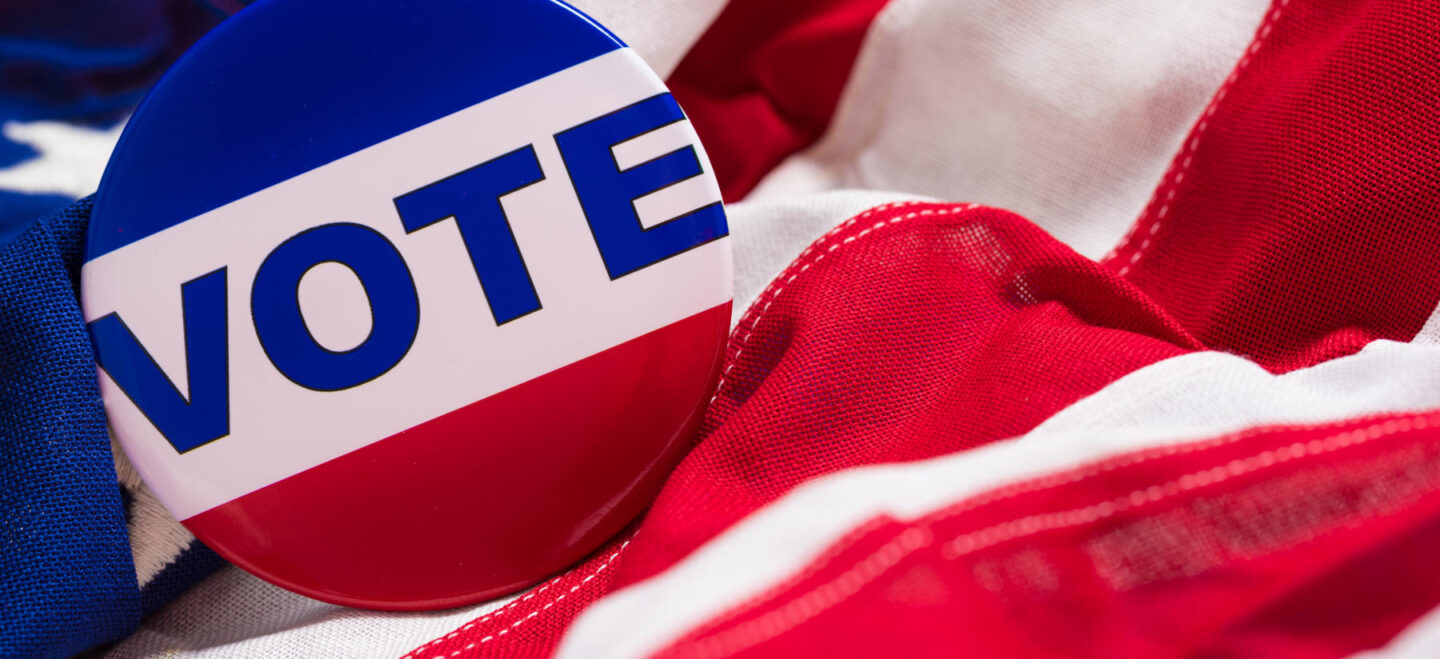What’s the link between Taylor Swift and the outcome of the 2020 US presidential election?
The answer: President Joe Biden clinched victory four years ago with a margin of 42,844 votes – less than half the crowd at one of Swift’s Wembley Stadium Eras Tour shows. In other words, the election hinged on just 0.018% of voting-age citizens in the US, with the ballots of a relatively small group of people living in a few key swing states determining the result.
This year’s election is set to be a high-stakes rematch between Biden and former US President Donald Trump, with global ramifications on geopolitics, security, trade, inflation, democracy, and the value of currencies. Once again, the outcome is too close to call. Four months from election day, the polls are in a dead heat. But betting markets show a steady climb in the probability of a Trump win. Already, institutions ranging from wealth managers to multinational bodies are discussing the need to “Trump-proof” in case the Republican candidate emerges victorious.
Given the uncertainty around the outcome, preparing for a particular election result may seem difficult and, to some, pointless. Yet, this time around, both candidates’ previous terms in office can provide clues about the future to help firms with pointers to mitigate political risk. Firms should bolster the resilience of their organizations by scrutinizing which parts of their business would be most affected by either outcome and considering the market and non-market tools available to solve those challenges.

Audio available













